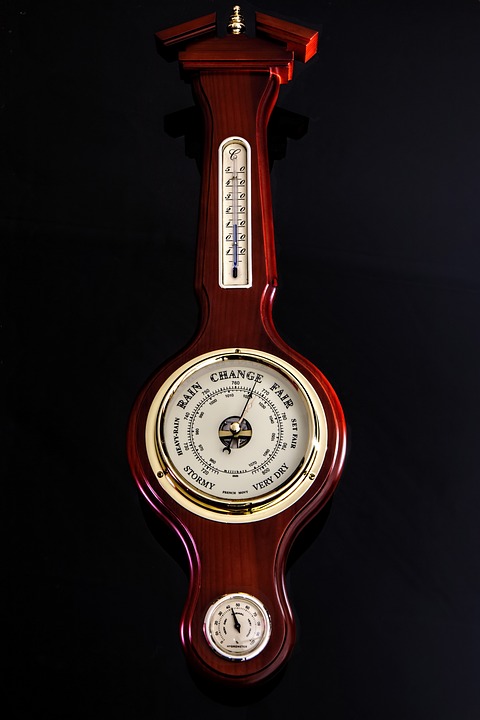What Causes Europe’s Mild Climate? Key Factors Behind Europe’s Temperate Weather
Europe is renowned for its generally mild climate, particularly in the Western and Northern regions. This unique climate, especially when compared to other continents at similar latitudes, is influenced by a combination of ocean currents, prevailing winds, and geographical features.
Influence of the Gulf Stream and North Atlantic Drift
The Gulf Stream plays a pivotal role in moderating Europe’s climate. This powerful ocean current originates in the Gulf of Mexico, carrying warm water across the Atlantic Ocean towards Europe. As it reaches the North Atlantic, it transforms into the North Atlantic Drift, which continues to transport warm water along the western coasts of Europe. This current significantly raises air temperatures, particularly in countries like Ireland and the UK, preventing them from experiencing the colder winters typical of regions at similar latitudes in Canada and Russia[2][4].
The Gulf Stream is often referred to as “Europe’s central heating” because it keeps temperatures milder than they would otherwise be. For instance, January temperatures in Berlin are about 8°C warmer than those in Calgary, Canada, which lies at a similar latitude[2][5].
Prevailing Westerly Winds
Prevailing westerly winds are another critical factor contributing to Europe’s mild climate. These winds carry warm, moist air from the Atlantic Ocean across Europe. In winter, they bring tropical maritime air that helps maintain moderate temperatures even during colder months. The interaction between these warm air masses and cooler continental air can lead to varied weather patterns across the continent[5][6].
The Oceanic Influence on Western Europe
Western Europe’s oceanic climate is characterized by cool summers and mild winters due to its proximity to the Atlantic Ocean. This maritime influence results in less extreme temperature variations compared to inland areas. Coastal regions benefit from consistent temperatures year-round, while inland regions experience more pronounced seasonal changes[2][12].
For example, cities like London and Dublin enjoy milder winters compared to similar latitudes in North America due to this oceanic influence[4][9].
Effects of Latitude and Topography
Europe’s geographical position in the northern hemisphere affects its sunlight exposure and seasonal temperature variations. The continent’s varied topography, including mountain ranges such as the Alps, also influences local climates by blocking cold Arctic air and creating rain shadows. This results in different climatic conditions across regions; for instance, southern Europe experiences a Mediterranean climate with hot summers and mild winters[2][12].
Seasonal and Local Variations Across Europe
Europe’s climate is not uniform; it encompasses several distinct climate zones:
– Mediterranean Climate: Characterized by hot, dry summers and mild winters found primarily in Southern Europe.
– Oceanic Climate: Present in Western Europe with cool summers and mild winters.
– Continental Climate: Found in Central-Eastern Europe with more significant temperature variations between seasons.
These variations lead to different seasonal experiences across the continent; for instance, Southern Europe enjoys milder winters compared to Northern regions[2][12].
FAQs
– Why is Europe’s climate warmer than parts of Canada at the same latitude?
The combination of warm ocean currents like the Gulf Stream and prevailing westerly winds keeps European temperatures milder compared to Canada.
– How does the Mediterranean Sea affect Southern Europe’s climate?
The Mediterranean Sea contributes to hot, dry summers and mild winters by influencing local weather patterns and precipitation distribution.
– What is the impact of climate change on Europe’s mild climate?
Climate change threatens to disrupt ocean currents like the North Atlantic Drift, potentially leading to cooler winters and more extreme weather patterns.
– Which regions of Europe have the most extreme weather?
Eastern Europe often experiences harsher winters compared to Western regions due to its continental climate characteristics.
– Why are winters in Northern Europe milder than in parts of Russia?
The influence of warm ocean currents and prevailing winds helps moderate winter temperatures in Northern Europe compared to colder continental climates found in Russia.
Conclusion
In summary, Europe’s mild climate is primarily influenced by ocean currents such as the Gulf Stream, prevailing westerly winds that carry warm air from the Atlantic, and geographical features that create varied climatic conditions across the continent. These factors contribute significantly to agriculture, biodiversity, and human habitation throughout Europe.

Kyle Whyte is a notable scholar and professor at the University of Michigan, holding positions such as the George Willis Pack Professor in the School for Environment and Sustainability and Professor of Philosophy. Specializing in environmental justice, his work critically examines climate policy and Indigenous peoples’ ethics, emphasizing the nexus between cooperative scientific endeavors and Indigenous justice. As an enrolled Citizen Potawatomi Nation member, he brings a vital perspective to his roles as a U.S. Science Envoy and member of the White House Environmental Justice Advisory Council. His influential research is supported by various prestigious organizations including the National Science Foundation, and disseminated through publications in high-impact journals. Kyle actively contributes to global Indigenous research methodologies and education, with affiliations to numerous institutes and societies dedicated to traditional knowledge and sustainability. Recognized for his academic and community engagement, Kyle has earned multiple awards and served in various visiting professorships. His efforts extend to leadership positions on boards and committees focused on environmental justice nationwide.
